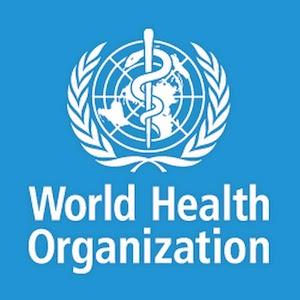
The World Health Organization (WHO) is one of the finest institutions on the planet. Its accomplishments are far too numerous to list here, but its most famous is the effort it led to eradicate smallpox from the face of the planet. It is not an exaggeration to say that the WHO's missions have saved hundreds of millions of lives.
Because of such successes, something like a halo surrounds whatever the WHO chooses to do. But that's not healthy. No matter how well-meaning and righteous an organization is, it requires oversight. Without it, mismanagement and even corruption can creep in.
According to the Washington Post, the WHO spends $200 million every year on travel and accommodations. Of course, WHO officials aren't flying Ryanair and staying at the Motel 6. Instead, they are booking "business-class airplane tickets and rooms in five-star hotels."
To put that figure into perspective, WaPo writes:
Last year, WHO spent about $71 million on AIDS and hepatitis. On malaria, it spent $61 million. And to slow tuberculosis, WHO invested $59 million. Still, some health programs do get exceptional funding — the agency spends about $450 million trying to wipe out polio every year.
In other words, WHO spent more on travel than on fighting AIDS, hepatitis, malaria, and tuberculosis combined. To make matters worse, back in 2011, WHO cut 300 jobs because of budget constraints. Assuming that WHO spent roughly the same amount on travel then as it does now, by eliminating its travel budget, it could not only have saved those 300 jobs, but could have paid each of those people a salary of $666,667.
What Can $100 Million Buy?
For the sake of argument, let's say that half of the WHO's travel budget is completely justifiable. What can $100 million buy in developing countries?
Malnutrition is the underlying cause of death for about 2.7 million children under the age of 5. According to Food for the Poor, a Christian charity, it costs merely $3.65 to feed a child for a month. For the entire year, that comes to $43.80, which means that $100M could feed nearly 2.3M children.
According to WHO, there are 12 maternal deaths during childbirth for every 100,000 live births in developed countries; in developing countries, it is 239 per 100,000, nearly 20 times greater. Obviously, birth control would reduce maternal mortality. Generic birth control, marketed as Sprintec, costs $9 for a month's supply. For an entire year, $100M could give free birth control to more than 925,000 women.
Iodine deficiency, something that doesn't occur in the developed world because we add trace amounts of iodine to our salt, caused goiters in 187M people in 2010. (In 2013, approximately 2,700 people died from it.) For an entire year, it costs merely a nickel's worth of iodized salt to prevent goiters. With $100M, the WHO could have provided enough iodized salt for 2 billion people -- far more than the number of people who actually need it.
The list could go on. $100 million can buy a lot of things. Too bad some of it goes to pay for luxurious lifestyles.



